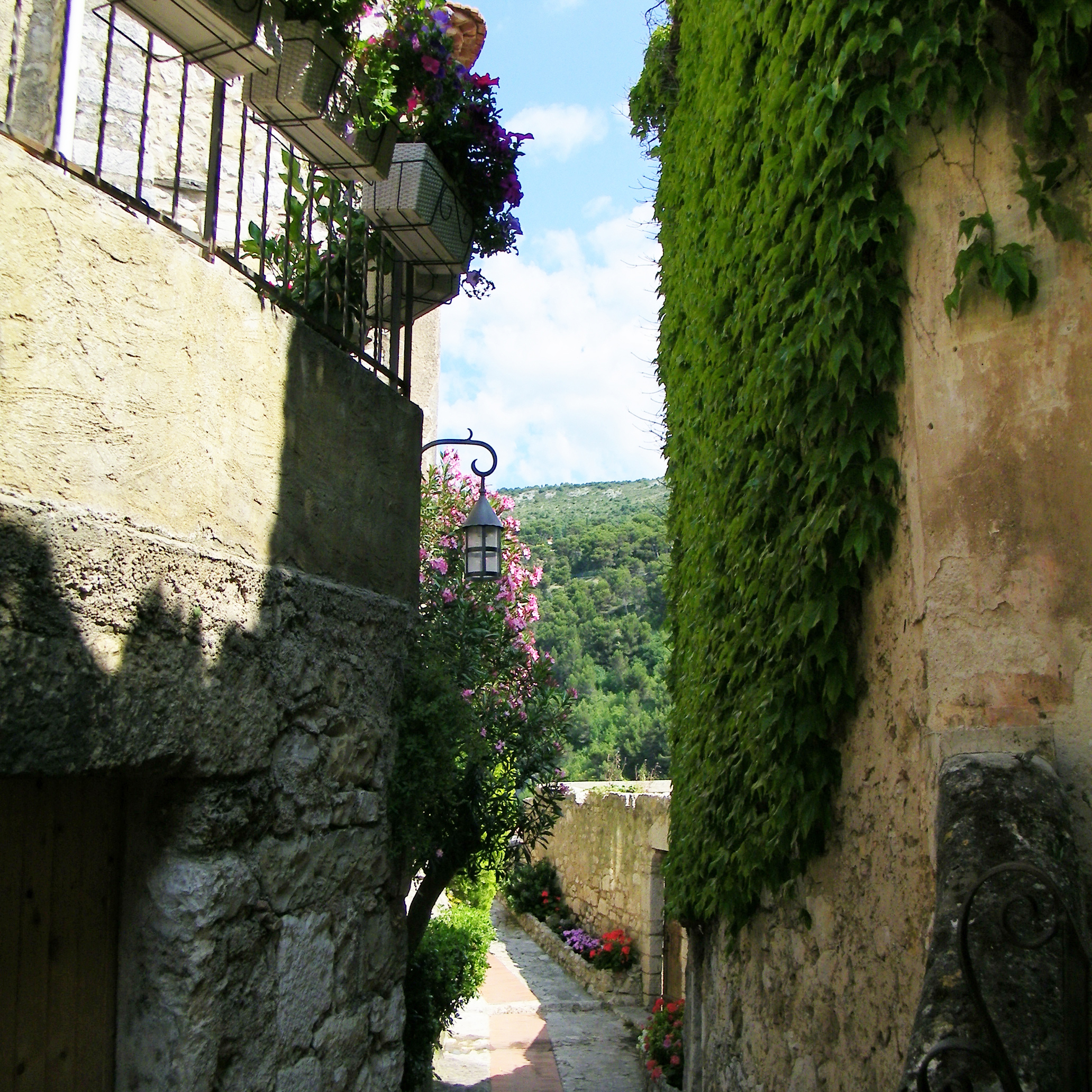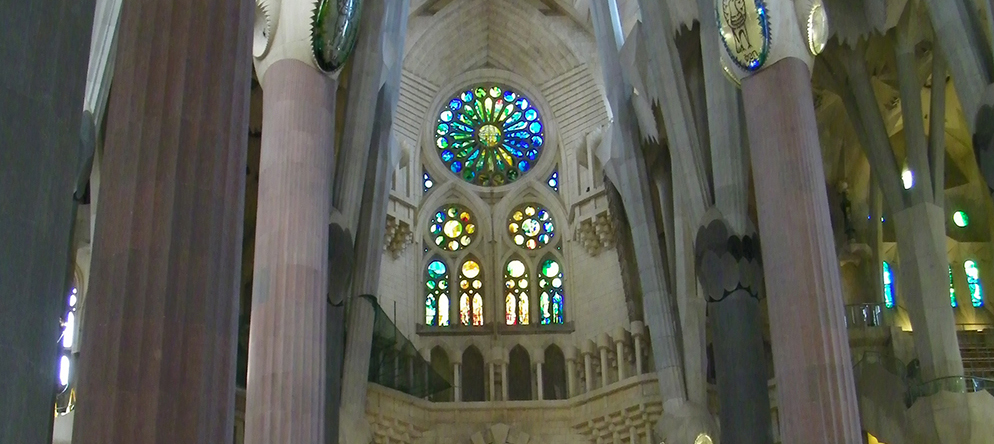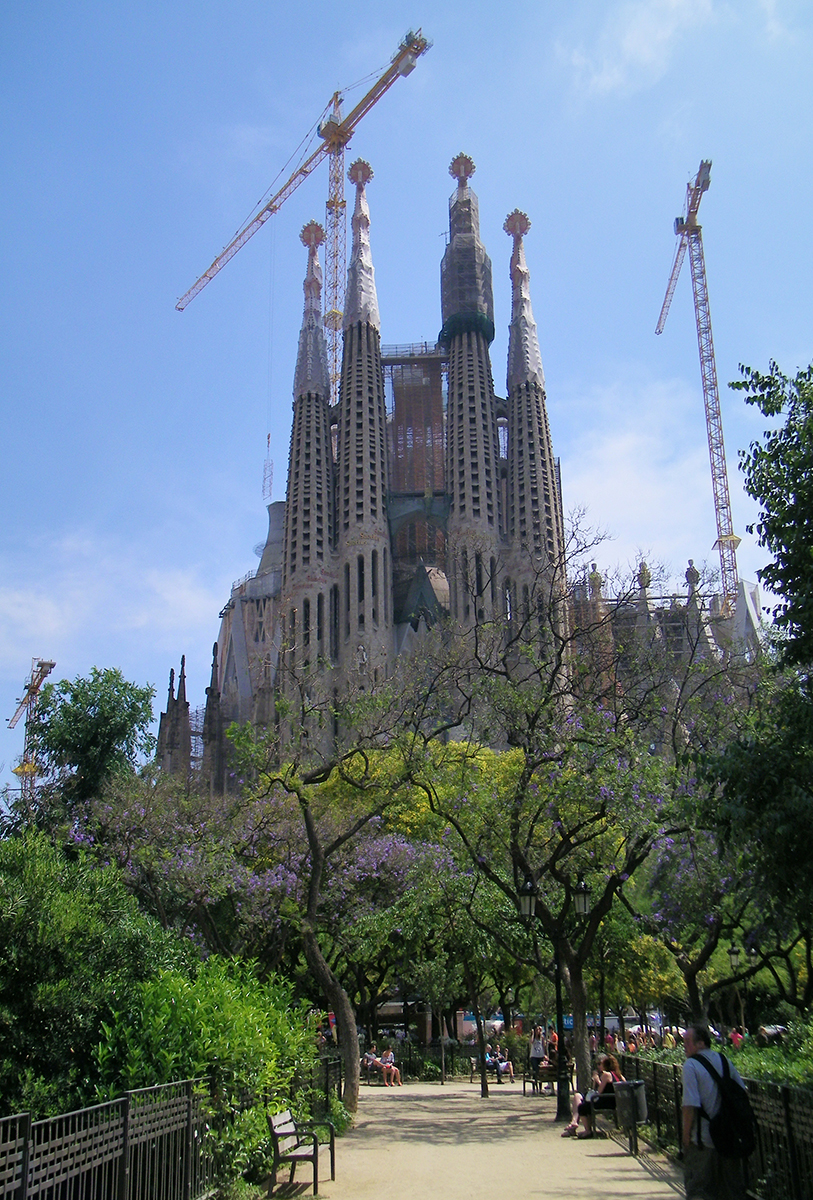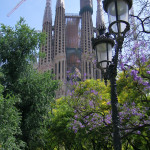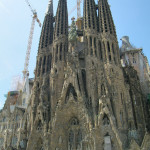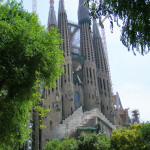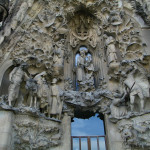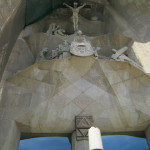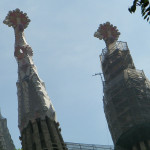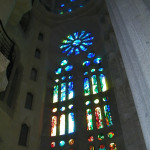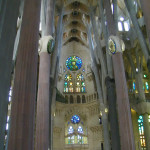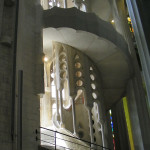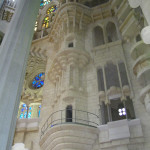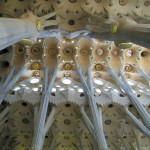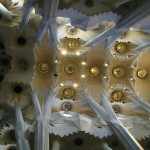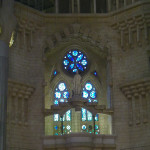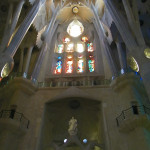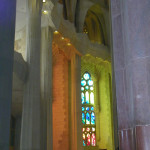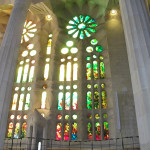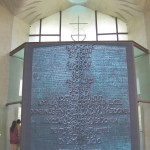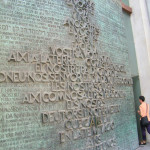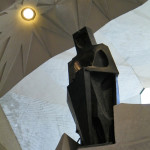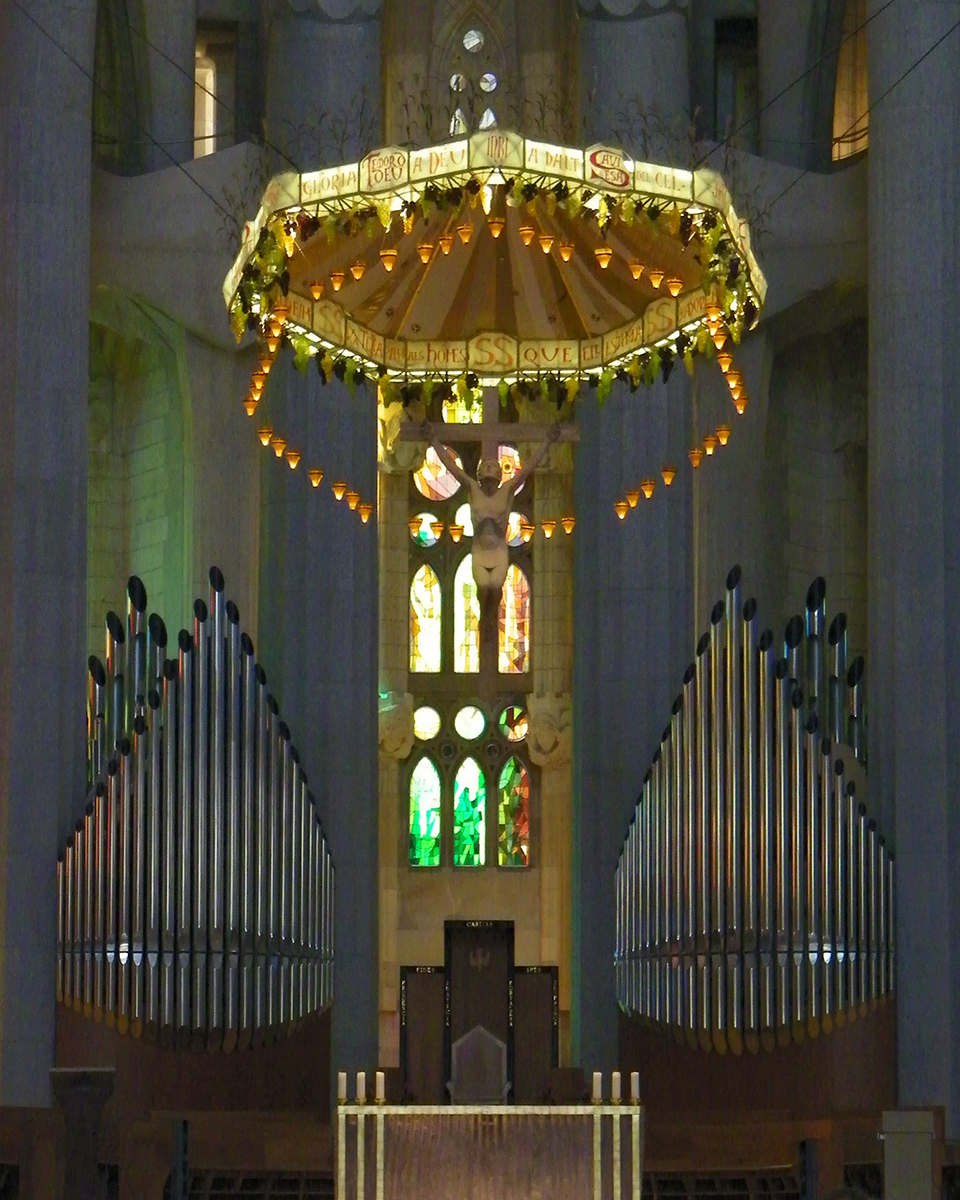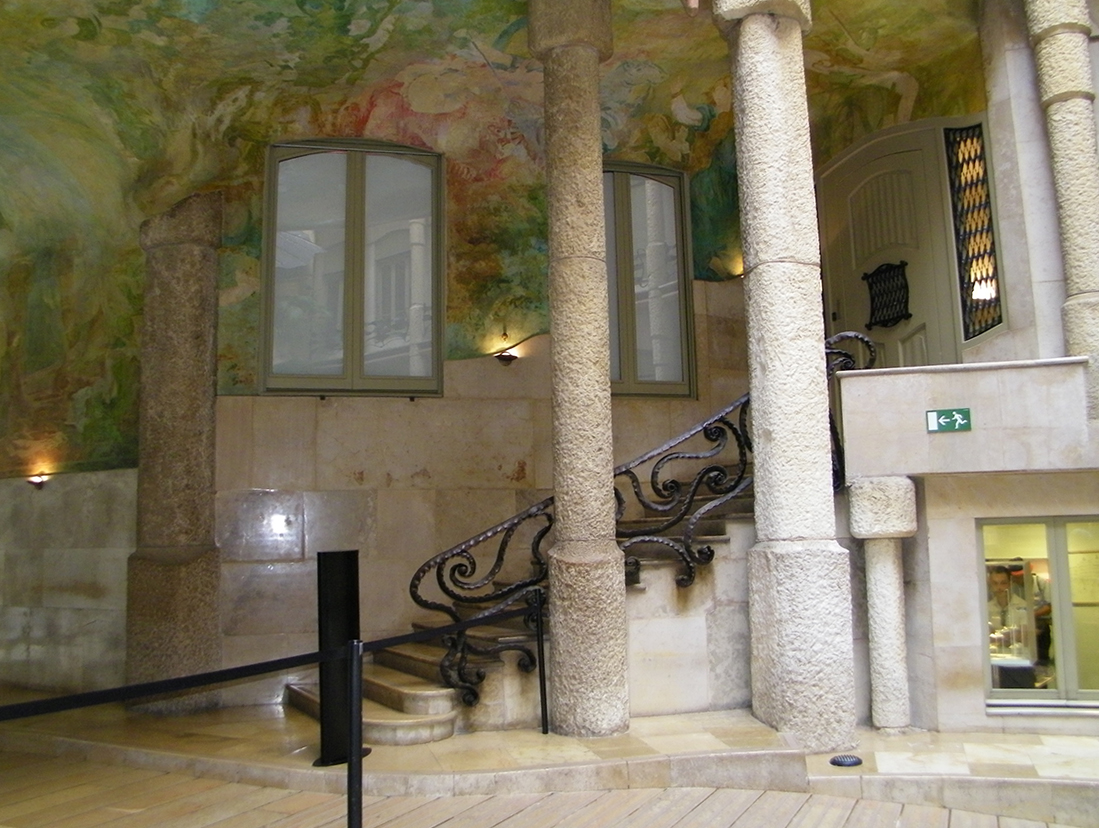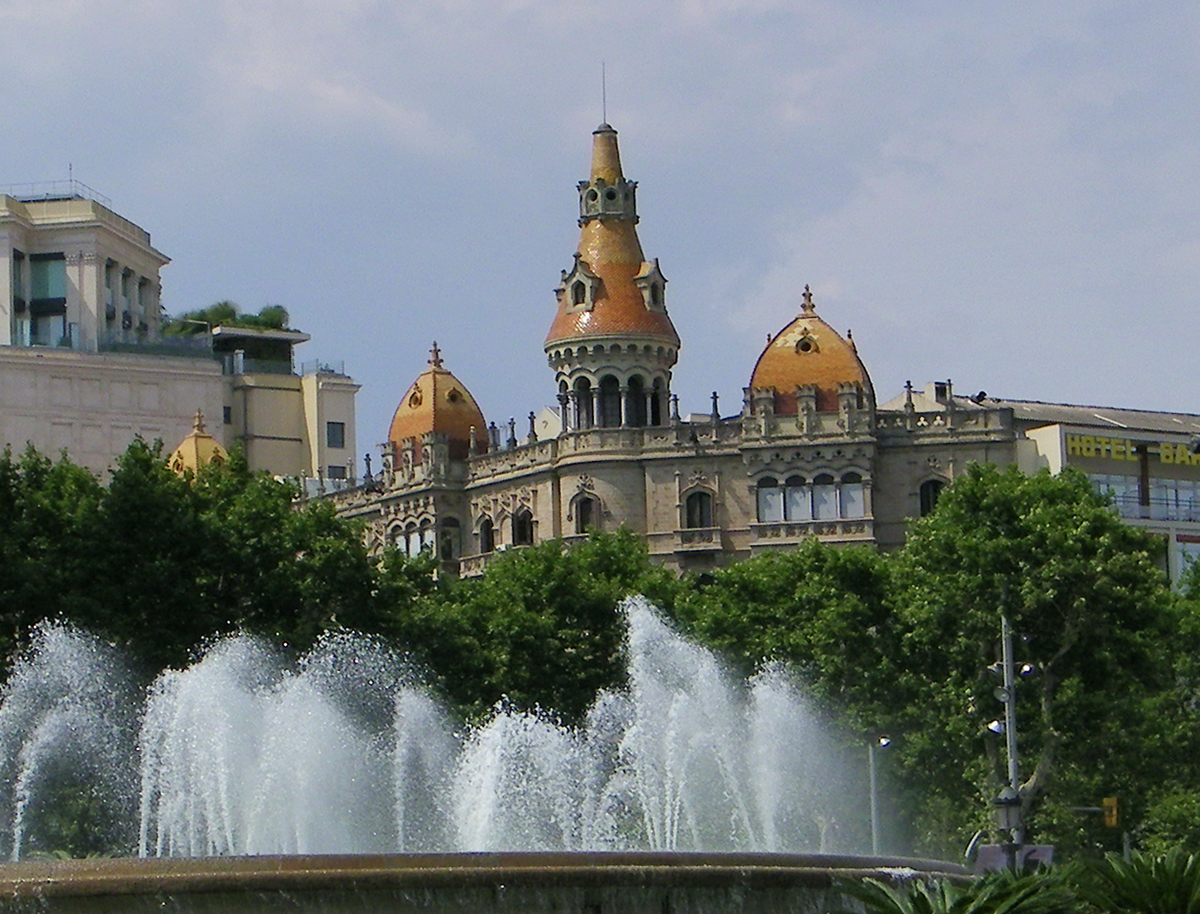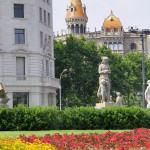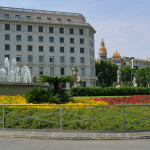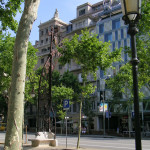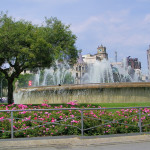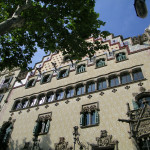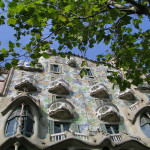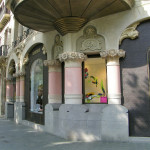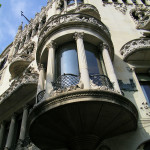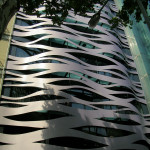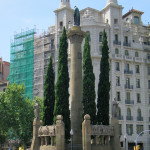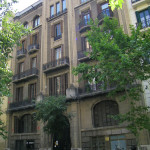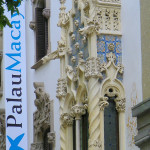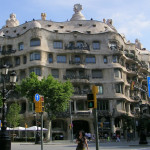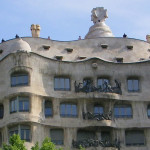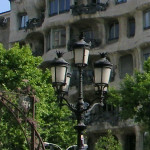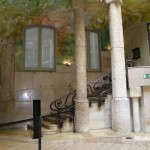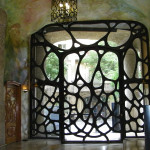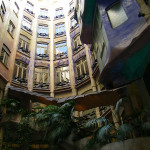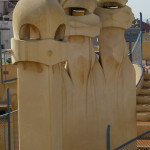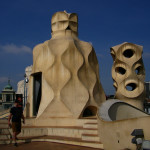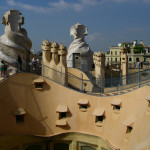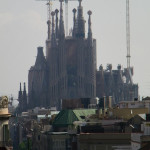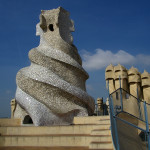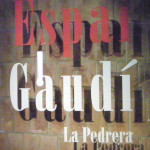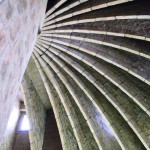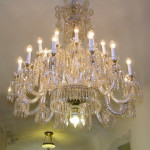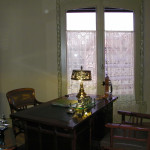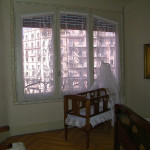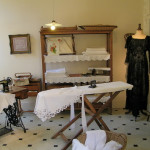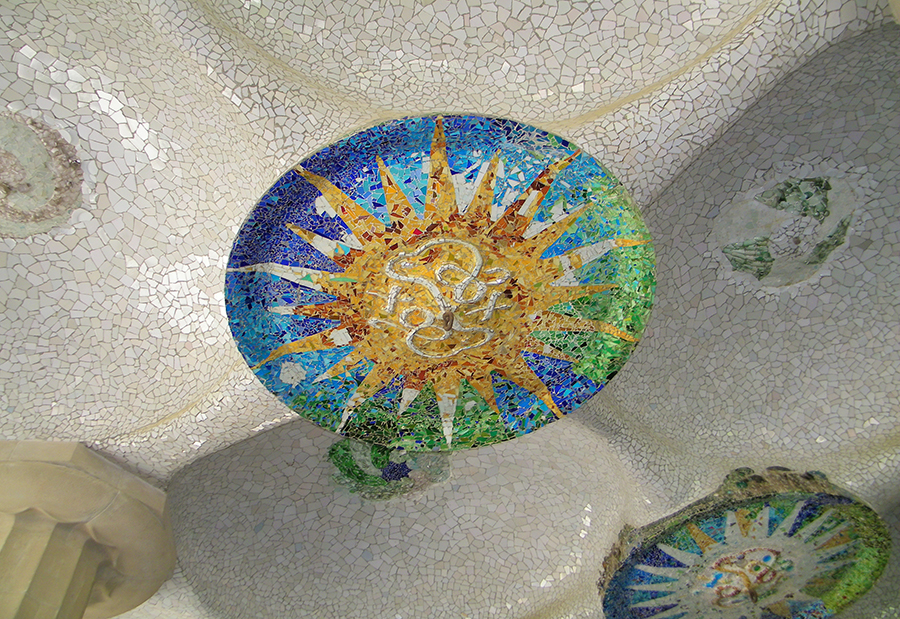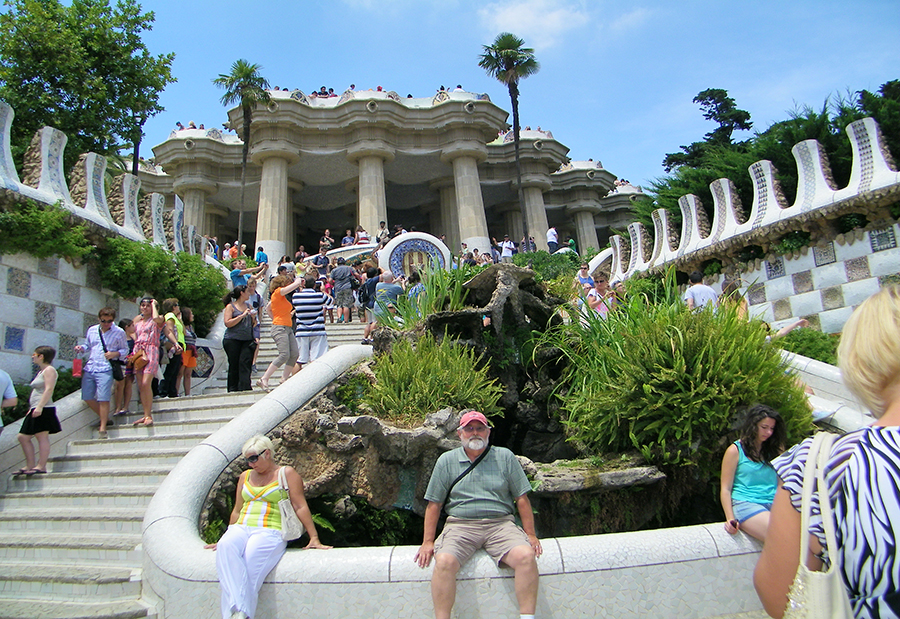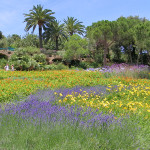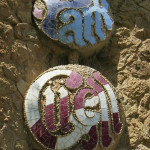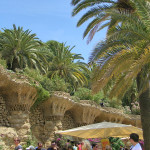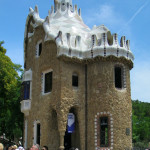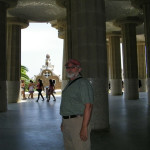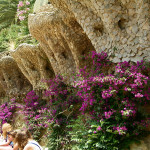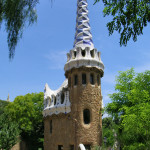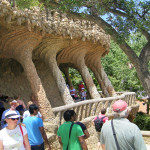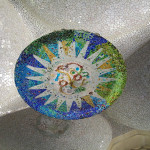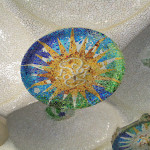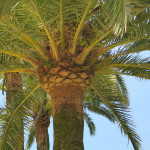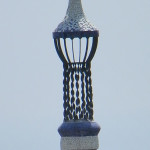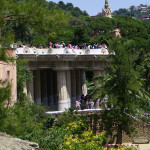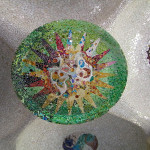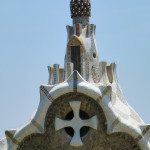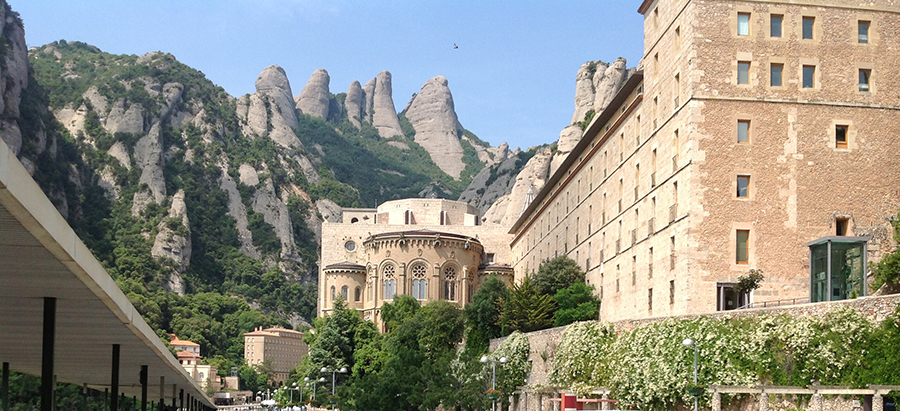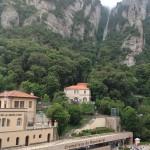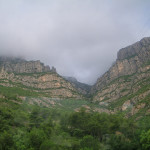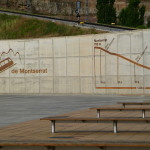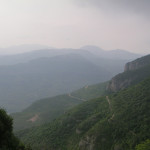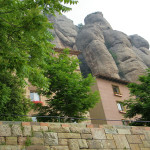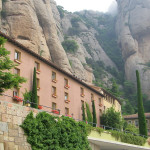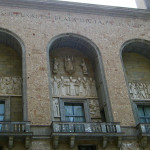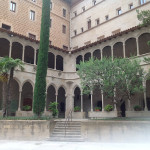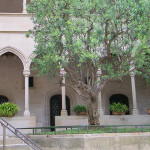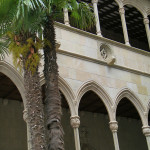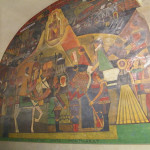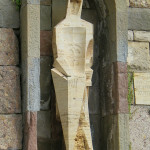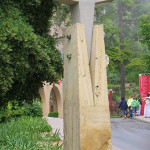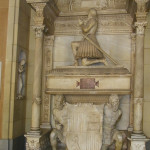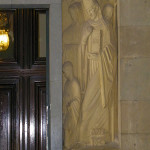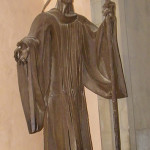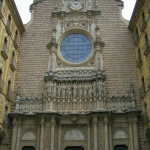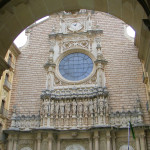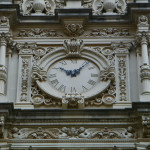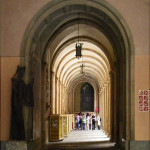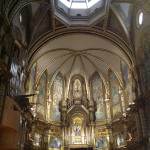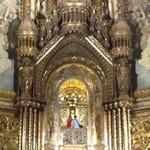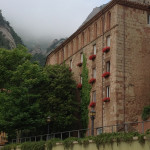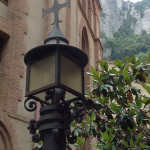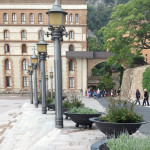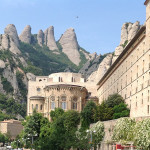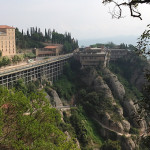Blogposts from our 2013 Mediterranean Cruise are finally complete. This post provides an outline of where we went, what we saw and links to posts associated with each stop.
If you haven’t seen any of the posts, you may want to start at the beginning. Near the bottom of each post, there is a green link that will take you to what’s “Up next: Enjoy!”
Our itinerary:
Mediterranean Cruise
This is an overview of the cruise (including our itinerary), how we decided on this cruise, and a little bit about our ship.
Venice, Italy
We opted for two extra nights in Venice pre-cruise so we could sightsee a bit while we’re here. Expecting to see a lot on the first day (on very little sleep), we wandered to a few close spots and had dinner under the Rialto Bridge. This post also includes photos of some great water views from our ship.
St. Mark’s Square
I don’t know how many movies were filmed in Venice, but St. Mark’s Square is in most of them. We were able to get into St. Mark’s Basilica for great views of the square and its Clocktower with a fabulous Astronomical Clock, and get inside a portion of the Doge’s Palace.
Murano & Burano
We took a Carnival excursion to two of the many colorful islands in the Venetian lagoon, so we wouldn’t literally miss the boat when it departed at 2pm. Murano is famous for its Venetian Glass and Burano for its intricate hand-made lace. Both made for a lovely morning.
Dubrovnik, Croatia
Our first overnight at sea brings us to Dubrovnik. As we leave the ship, the first thing that stands out are the beautiful red roofs and the wall that encircles most of the old city. We spent this very hot day walking the wall and the streets of this beautiful place.
Sicily, Italy
Messina was our next stop. An hour-long bus ride took us to Palazzo Corvaia and then to the Greek Theatre. The history was incredible and the birds-eye views of the Mediterranean were absolutely stunning. We took advantage of a little time to explore (and shop) in the quaint little town of Taormina, with its winding streets and tiny passages.
Naples, Italy
We had some time before our excursion to wander around Naples for a bit. We explored a New Castle, a fabulous Galleria, and had pizza and a beer at a street-side cafe.
Herculaneum
Pompeii was destroyed by the eruption of Mt. Vesuvius in the year 79. Although the same eruption devastated Herculaneum – instead of hot lava – the town was engulfed in a river of mud flowing down from its slopes, preserving it for centuries.
Pisa, Italy
At our port in Livorno, I couldn’t wait to see the Leaning Tower, but I had no idea that the Square of Miracles was also home to a spectacular Cathedral and a stunning Baptistry. After all that, a very scenic thirty-minute drive got us into wine country where we visited a beautiful estate – with samples!
When in Rome
We docked in Civitavecchia, Italy and spent twelve of our thirteen hours on one excursion. Lots of drive-bys and tours of the Vatican Museums, the Sistine Chapel and St. Peter’s Basilica, made this a day to remember!
Stone Pine Trees
Still in Rome, this is a silly post about some trees. I don’t usually do a whole post about trees, but this seemed like a great time to start. The stone pine tree changes in shape and size as it matures, much like a lot of people!
Walk-about in Rome
As our stay in Rome continues, we’ll visit Piazza del Popolo to see an obelisk, the Spanish Steps, several fountains, lots of very old buildings and statues before lunch with our tour group – which included wine.
The Vatican
Our Med Cruise continues in Rome. Definitely a pinchable moment (and day) to see the grounds of the Vatican State, complete with Swiss Guards.
Vatican Museums
Still in Rome, after a walk around the Pinecone Courtyard, we viewed the Vatican Museum’s immense collection including classical sculptures and masterpieces of Renaissance art. And then… the Sistine Chapel!
St. Peter’s Basilica
As our stay in Rome continues we reach a pinnacle, with a stop at one of the holiest and greatest churches of all time. Also a spectacular example of Renaissance architecture, St. Peter’s Basilica will stay in our memory banks forever.
Nice and Èze
Today we woke up in Monaco. After a scenic drive along the lower Corniche, past famous Riviera resorts, along the tree-lined Promenade des Anglais, we arrive in a most lovely corner of France.
Palma de Mallorca
As our Med Cruise winds down, we docked in the Port of Palma in its capital city of Majorca. A lovely stroll thru its narrow streets, a tour of a fantastic cathedral, and a scenic drive to the country, gave us a fabulous a taste of Spain with wine, tapas and of course, flamenco dancers!
Montserrat
This was a fabulous excursion to transition us from our ship to Barcelona. Santa Maria de Montserrat is a Benedictine abbey on a mountain in Catalonia, Spain. The Cremallera (rack railway) is the only way to get to Montserrat. A 15-minute journey gives a privileged and spectacular view of the mountain. The abbey is absolutely amazing – and another stop I will never forget.
Park Güell
Our stay in Barcelona included the fantastic and whimsical Park Güell. Fabulous structures with gleaming, multi-color mosaics were surrounded by flowers and lush greenery. A lovely day indeed!
Walk-about in Barcelona
With a full day in Barcelona, we put on our walking shoes and enjoyed some of the works of art designed by some fabulous architects around the year 1900. La Padrera gave us a rooftop view of Barcelona along with more unique sculptures by the amazing Antoni Gaudí.
La Sagrada Familia (the Grand Finale)
While in Barcelona we spent lots of time being amazed by architecture from the brilliant and very religious Antoni Gaudi. La Sagrada Familia is the grand finale, and grand doesn’t even begin to cover it!
A recap of our very first cruise is officially in the books!
Happy trails,
Barb
